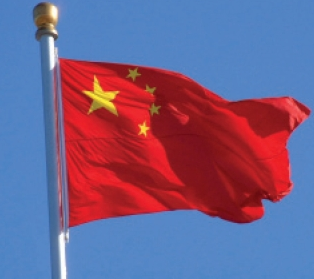Should we really be surprised that China’s students ranked first in the world this week on the international standardized test known as PISA? Probably not.
The test, administered every three years, is one of the main international assessments that give countries a sense of how their public school systems stack up against those in other countries. 
It was the first time China participated in the test, and its students — all of them from Shanghai — not only came out ahead but trounced top performers like Finland and Singapore. On the math test, they scored 600, a whopping 38 points more than Singapore, which came in second. On science, they beat out Finland by more than 20 points for the top rank. On reading, they scored 556, 17 points ahead of South Korea, which finished second. The point differentials among other high performers were generally small.
Obama administration officials are stunned — Education Secretary Arne Duncan said the test results are a “wake-up call.” American education reformers are calling this another Sputnik.
There are caveats — Shanghai is, as the New York Times article points out, a “migration hub,” and the city may retain high-performing students who’d otherwise go home for high school. It is the country’s wealthiest city. But it is also seen as China’s flagship – the place that encapsulates China’s goals for itself and where it is testing ways to turn its national ambitions into reality.
China has been working toward this for a while. With an eye on transforming itself from a manufacturing economy that supplies the rest of the world’s consumers with goods into a middle-class consumer society that imports products from elsewhere, China has made unprecedented investments in education. (To become a consumer society, you need a middle class, and to create a middle class, you need good schools and high educational attainment, the logic goes.)
Besides improving its schools and increasing access and enrollment, China is trying to draw home the top students who in the past gravitated to U.S. universities. An article in this month’s issue of Foreign Policy notes that these changes came after China’s president called for major increases in high school and college enrollments in 1998.
This sounds familiar — President Barack Obama has repeatedly called for more investments in U.S. education and has set a much higher goal for the percentage of students graduating high school and enrolling in college, noting how far behind the U.S. has fallen in recent years and how badly this bodes for the country’s economic future. The PISA scores only underscore his message: American students scored about average for the 34 countries tested in reading and science, and below average in math. Shanghai students scored more than 100 points higher than American students in math.
Some education watchers are saying that these results could propel American leaders to get to work in earnest on reauthorizing the country’s main federal education law, the Elementary and Secondary Education Act (known as No Child Left Behind under President George W. Bush). But unlike Chinese leaders, Obama must contend with Congress in pushing forward his goals, and there is a huge divergence in thinking on what needs to be done to put the U.S. back in the running internationally.



